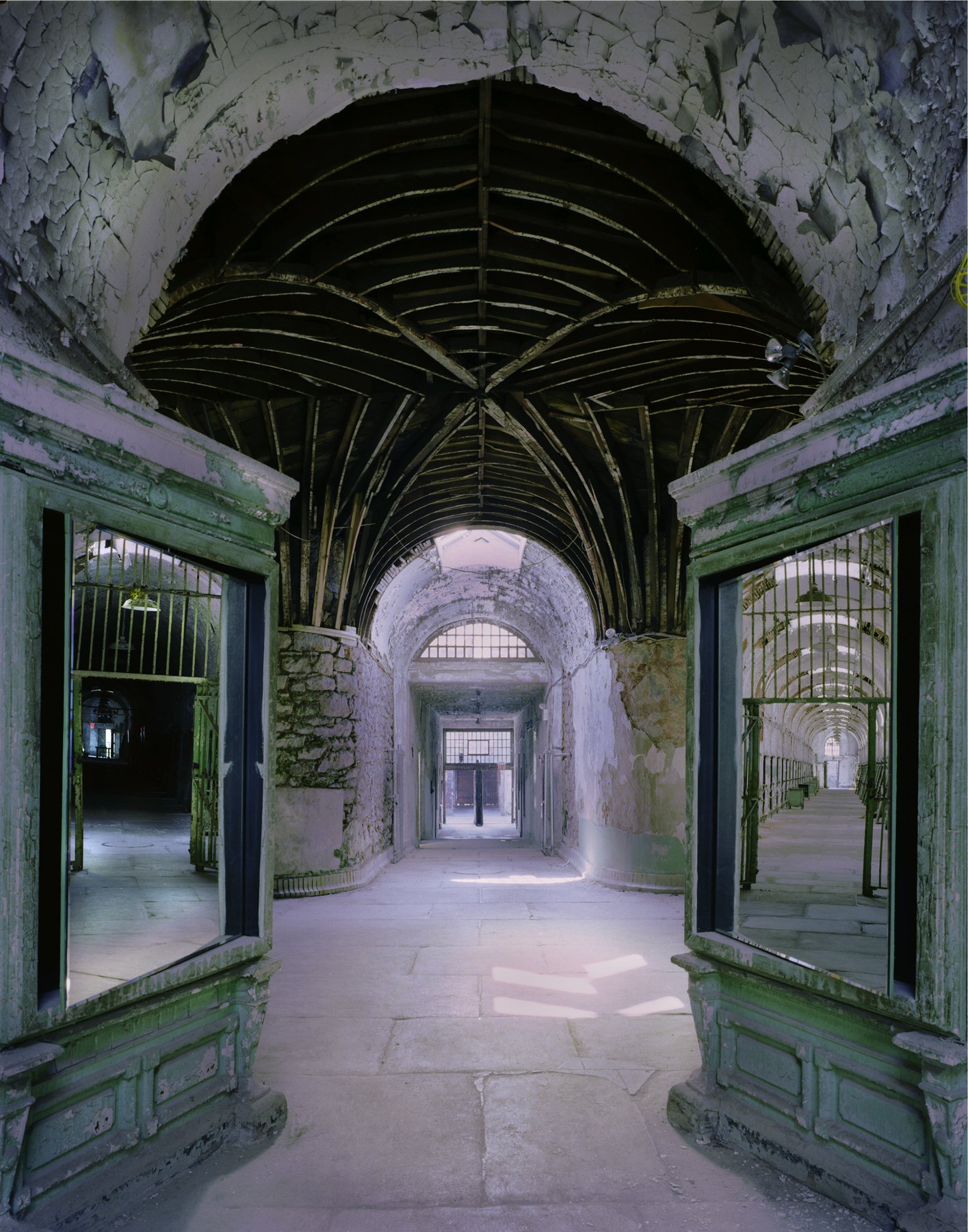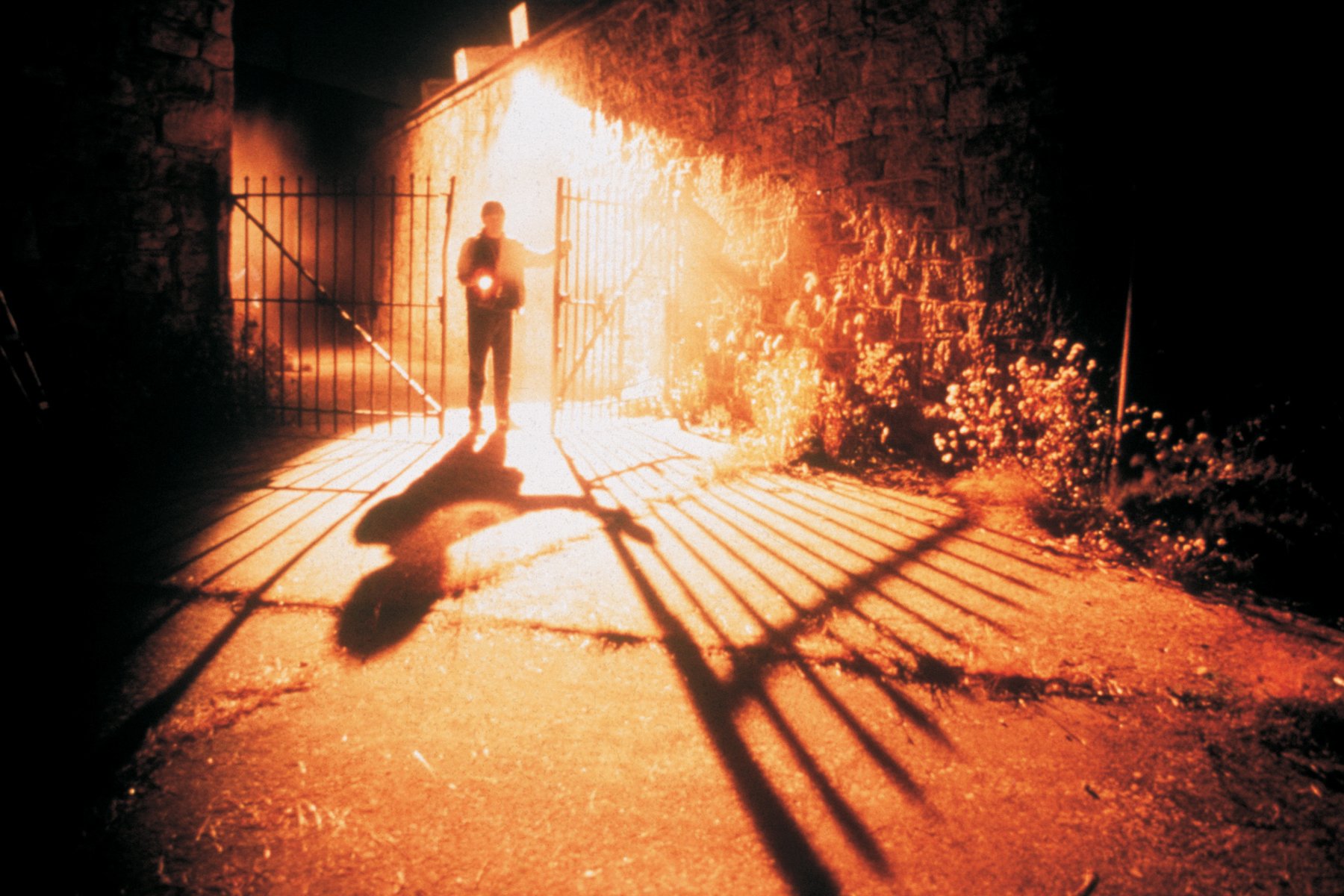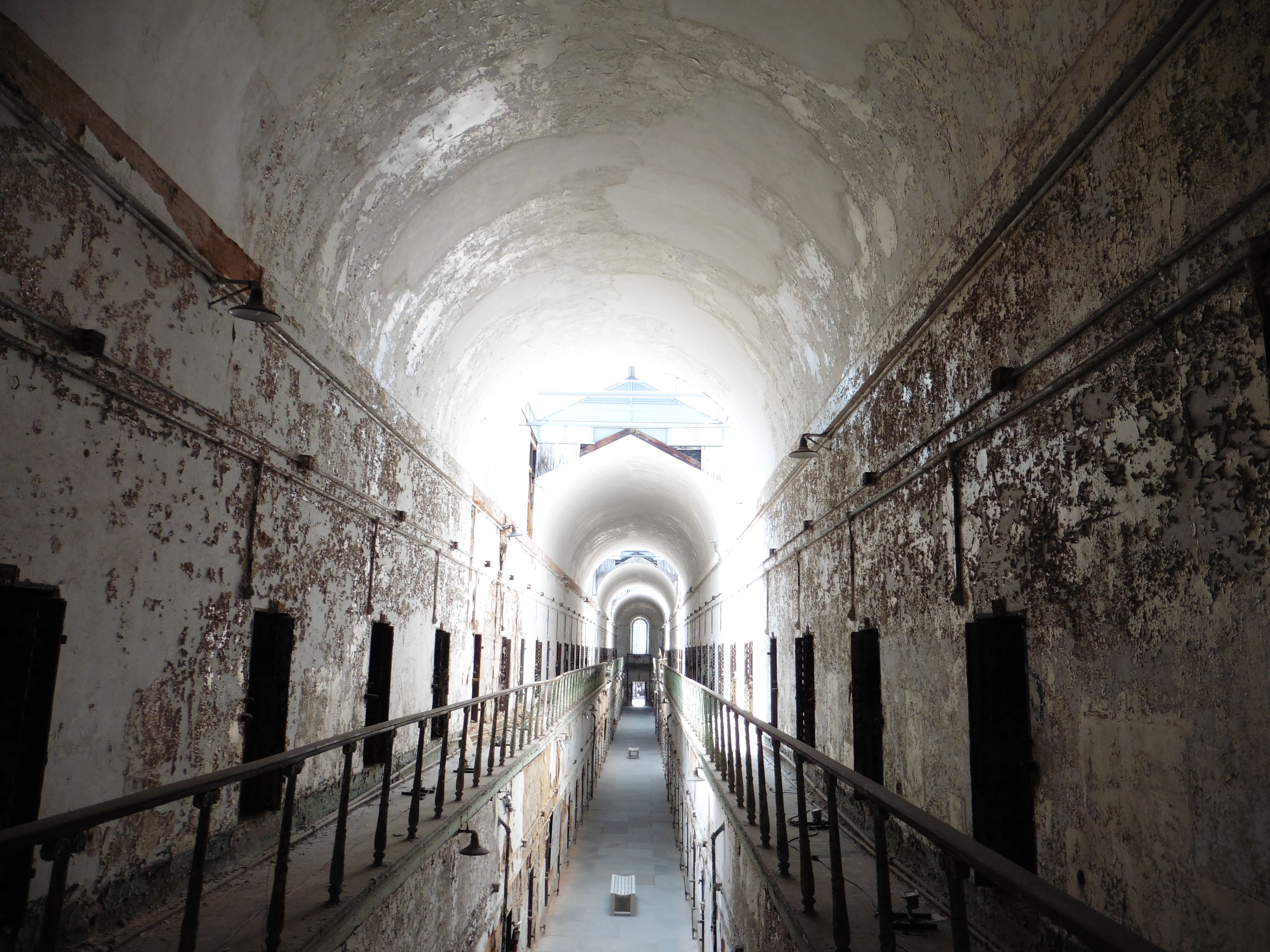Can you imagine spending a day by yourself? Yes, of course. In my harried mother days, I think a day (or two) of peace and quiet would be divine intervention. On the other hand, how about a week, a month or a longer to yourself? I don’t know about you but I’m pretty sure I’d go crazy beyond anything more than a couple of days. Unfortunately, solitary confinement (and the resulting psychological torment) is still a practice in US prisons. The model for the practice of solitary confinement is Eastern State Penitentiary (ESP) in Philadelphia. Eastern State Penitentiary was the world’s first penitentiary – a place for wrongdoers to achieve penitence for their sins, as opposed to prisons which just punished its inmates.
Contents
Background to the Eastern State Penitentiary
Operational from 1829 to 1979, Eastern State Penitentiary was based on Quaker principles of punishment and atonement. Radically for that time, this prison system was meant to lead to reformation of bad characters. ESP became the architectural model for over 300 prisons worldwide including Forest Bank which opened in Salford in England as late as 2001. Today, the ESP building has been designated a national historic landmark.
Founded on Enlightenment Principles
ESP was revolutionary in its time because previously people who had been jailed were generally placed in large holding pens. Prison was a place for punishment meted out injudiciously by prison guards. The members of the Philadelphia Society for Alleviating the Miseries of Public Prisons met in Benjamin Franklin’s house (naturally) in 1787 to create a new type of prison based on Enlightenment thinking. It took them 30 years to convince Pennsylvania that they should be start a new type of prison system.
Why Isolation and Silence?
People sentenced ESP were placed in isolation and silence. Each 8×12 feet cell had a bed, a work bench, a latrine and a bible. Overhead in the cell, a window let in skylight and also reminded inmates that God could see all.
There was a little door to the outside where the inmates were allowed fresh air in individually walled 8×12 areas for 2 half-hour breaks during their 12 hour day. The solitude and silence were supposedly instrumental in helping inmates reflect and atone for their sins. During the 12 hour days, the inmates worked in a trade such as shoe making or weaving or prayed.
Visiting Eastern State Penitentiary
ESP is an impressive structure even today as it lies in ruins. It has been a tourist destination from the beginning because of its novel approach and gigantic structure. You can see Philadelphia’s skyline in the distance over the ruins of the buildings.
The Original Architecture Plan
The original cellblocks work like the spokes of a wheel off a central round room. Guards could stay in the round room and see down the lengths of each of the cellblocks. Originally the cellblocks were only one floor high and could accommodate 450 prisoners. The soaring halls are supposed to remind prisoners of church.

Surveillance Mirrors at Eastern State Penitentiary in Philadelphia (Photo credit: ESP, Albert Vecerka)
The outside of ESP is built like a medieval fortress – impregnable and impressive. There are even murder slits in the towers – a detail from medieval times which in 19th century Philadelphia was merely decorative. The slits don’t go all the way back to the other side of the wall. The whole complex was supposed to inspire fear in anyone who thought about breaking the law.
ESP in Practice
With the increase in the prisoner population, however, later cellblocks were made to be two floors high. The halls were long and the ceilings vaulted – an architectural design meant to convey the feeling of being in church and inspiring penitence. By the early 20th century, isolation was no longer a feasible option and the cells contained 2-3 men each.
This gate lead to the hospital ward. One of ESP’s famous prisoners, Chicago mob boss, Al Capone, had his tonsils removed here. Capone eventually got moved to another famous prison, Alcatraz in San Francisco.
By the way, my son loves the kids’ book series, [easyazon_link identifier=”0142425222″ locale=”US” tag=”jg20-20″]Al Capone Does My Homework[/easyazon_link] about the life of the warden’s kids who live at Alcatraz. ESP is where he first heard about this notorious gangster and I guess it made an impression! For a recent World Book Day, he chose to dress up as Al Capone.
Electronic State Penitentiary in Popular Culture
ESP is supposed to be one of the most haunted places in the world. Presumably many of its inmates went mad after years of prolonged isolation.
Charles Dickens was an early famous visitor to ESP in 1842 on one of his visits to the United States. He thought the system was well-intentioned but a form of torture which messed with a human being’s mind.
I believe that very few men are capable of estimating the immense amount of torture and agony which this dreadful punishment, prolonged for years, inflicts upon the sufferers … I hold this slow and daily tampering with the mysteries of the brain to be immeasurably worse than any torture of the body; and because its ghastly signs and tokens are not so palpable to the eye and sense of touch as scars upon the flesh; because its wounds are not upon the surface, and it extorts few cries that human ears can hear; therefore the more I denounce it, as a secret punishment which slumbering humanity is not roused up to stay.
– Charles Dickens in “American Notes For General Circulation”
Charles Dickens was prescient as an article recounting the stories of people in solitary confinement relates. The stories are chilling and it does seem like being buried alive. Unlike the original intent, it seems the current incarnation of solitary confinement does not allow working in a trade. The only thing to do is read or watch television.
The site has been used in various television and film projects such as Brad Pitt’s 1995 film Twelve Monkeys and the 2008 Transformers sequel.
Tours of Eastern State Penitentiary
ESP is today run as a museum which is open most of the year.
Child Visitors
Children under 7 years old are not allowed to tour ESP. I had not planned on taking my 8 year old son on the ESP tour but he found it fascinating. I needn’t have worried that he would find it scary. A natural chatterbox, he found the concept of not speaking to anyone really hard to understand. For children 7-12 there is an activity pack scavenger hunt.
There is a audio tour guide narrated by the actor Steve Buscemi which provides really interesting narrative and background on ESP. My son was fascinated with the stories told on the tour guide and we had some interesting things to discuss afterwards.
Terror Behind the Walls
ESP runs a well-received Halloween party. It’s part of the Terror Behind The Walls spectacular every autumn that runs from September to November. It’s considered America’s number 1 haunted house attraction special effects, 6 interactive attractions and over 30 performers.

Terror Behind the Walls Haunted House at Eastern State Penitentiary in Philadelphia (Image credit: ESP, Randall Wise)
ESP is a fascinating look at historical means of achieving punishment and redemption. We clearly are still grappling with the same issues although I think we have veered far towards punishment and pretty much forgotten redemption.
What do you think? I’d love to hear your thoughts.










